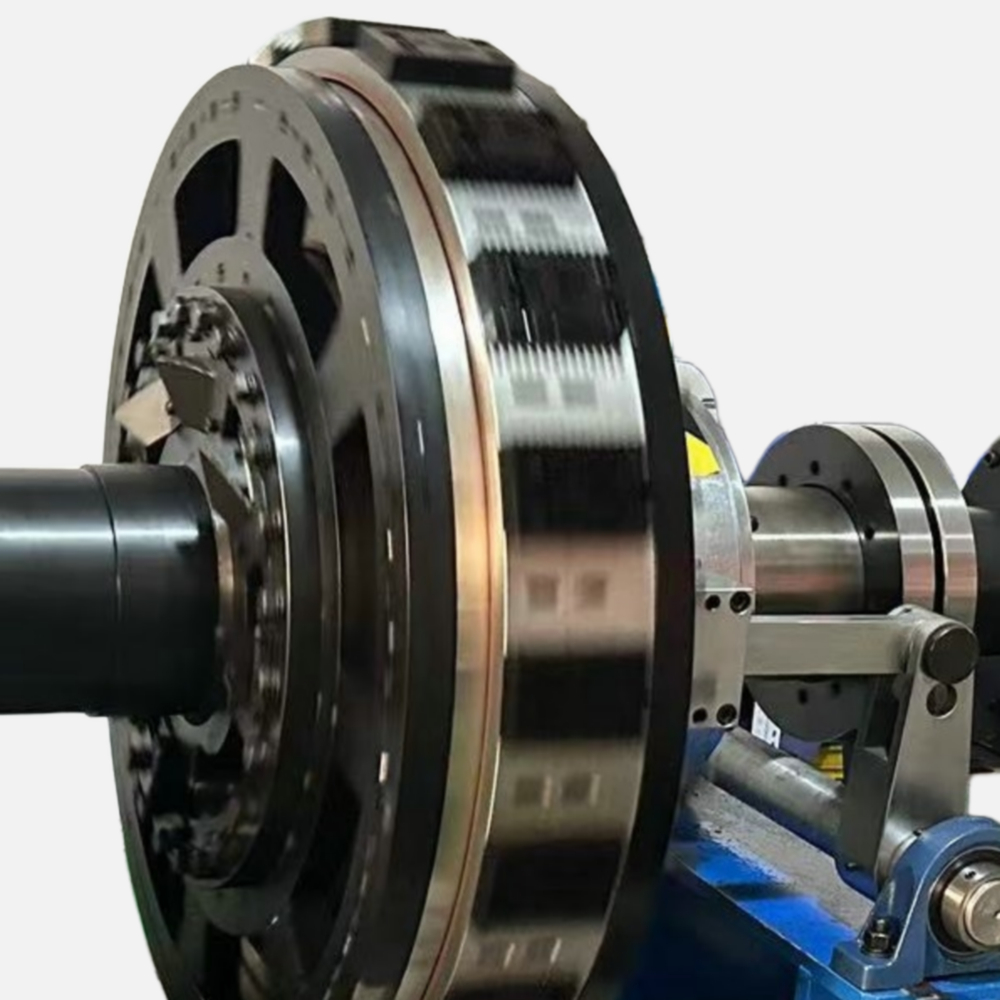In today’s rapidly evolving business landscape, ensuring the safety and security of your small business is paramount. With rising concerns over theft, vandalism, and data breaches, investing in a robust security system is not just a choice; it’s a necessity. However, one of the most pressing questions for small business owners is: How much does a security system cost for a small business? This article delves into the various factors that influence the cost of security systems, the types of systems available, and practical tips for making an informed investment.
Understanding the Components of a Security System
Before diving into costs, it’s essential to understand what constitutes a comprehensive security system. A typical security system for a small business may include:
- Surveillance Cameras: These can range from basic models to advanced systems with features like night vision, motion detection, and remote access.
- Alarm Systems: These systems alert you and law enforcement in case of unauthorized access. They can be monitored or unmonitored.
- Access Control Systems: These systems manage who can enter specific areas of your business, often using keycards or biometric scanners.
- Environmental Sensors: These detect environmental hazards such as smoke, carbon monoxide, or flooding, adding an extra layer of protection.
- Monitoring Services: Many businesses opt for professional monitoring services that provide 24/7 surveillance and immediate response to alarms.
Factors Influencing Security System Costs
The cost of a security system for a small business can vary significantly based on several factors:
- Size of the Business: Larger businesses typically require more cameras and sensors, leading to higher costs. A small retail store may need fewer devices compared to a larger warehouse.
- Type of Equipment: The quality and type of equipment you choose will greatly affect the overall cost. High-definition cameras and advanced alarm systems come at a premium but offer better performance and reliability.
- Installation Fees: Professional installation can add to the initial cost. While DIY options are available, hiring a professional ensures that the system is set up correctly and functions as intended.
- Monitoring Services: If you opt for a monitored system, expect to pay a monthly fee. These fees can range from $15 to $50 per month, depending on the level of service.
- Location: The geographical location of your business can also influence costs. Urban areas may have higher installation and monitoring fees due to increased demand for security services.
Estimated Costs of Security Systems
While costs can vary widely, here’s a general breakdown of what small business owners can expect:
- Basic Security System: For a small business with minimal needs, a basic system with a few cameras and an alarm may cost between $500 and $1,500.
- Mid-Range Security System: A more comprehensive system with multiple cameras, an alarm, and basic monitoring services can range from $1,500 to $5,000.
- High-End Security System: For businesses requiring advanced features, such as high-definition cameras, access control systems, and professional monitoring, costs can exceed $5,000 and may reach upwards of $10,000.
Cost-Saving Tips for Small Businesses
Investing in a security system is crucial, but small business owners should also consider ways to manage costs effectively:
- Assess Your Needs: Conduct a thorough assessment of your business’s security needs. This will help you avoid overspending on unnecessary features.
- Compare Quotes: Obtain multiple quotes from different security providers. This will give you a better understanding of the market rates and help you negotiate better deals.
- Consider Bundled Services: Some providers offer bundled services that can save you money. For example, combining video surveillance with alarm monitoring may come at a discounted rate.
- Invest in Quality: While it may be tempting to go for the cheapest option, investing in quality equipment can save you money in the long run by reducing maintenance and replacement costs.
- Leverage Technology: Many modern security systems offer mobile apps that allow you to monitor your business remotely, reducing the need for additional monitoring services.
Conclusion
In conclusion, the cost of a security system for a small business can vary widely based on several factors, including the size of the business, the type of equipment, and the level of monitoring required. By understanding these factors and conducting thorough research, small business owners can make informed decisions that not only protect their assets but also fit within their budget. Remember, investing in a security system is not just about preventing loss; it’s about providing peace of mind for you, your employees, and your customers.


More Stories
Smart Factory Planning and Lean Layout Synergy
Footwear Inspection: Ensuring Quality and Safety for Men's, Women's, and Children's Shoes
Single-Block Multi-Level Locomotive Factory Design